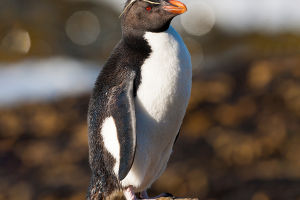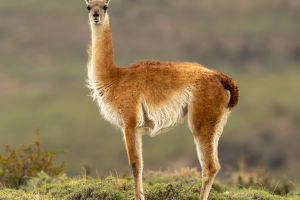Hey Lykkers! Dragonflies are among the most fascinating insects in the natural world. With their long, slender bodies, large eyes, and iridescent wings, these remarkable creatures are known for their exceptional flying abilities.
They belong to the order Odonata, and their vibrant colors and agile movements make them a mesmerizing sight in the summer skies.
A Brief History of Dragonflies
Dragonflies are ancient insects, with a history stretching back over 300 million years. During prehistoric times, dragonflies were much larger, with wingspans reaching up to 30 inches! Modern dragonflies are smaller, but they’ve retained many of their ancient characteristics, including their distinctive wing structure and predatory behavior.
The Anatomy of a Dragonfly
Wings Built for Speed and Agility
One of the most striking features of a dragonfly is its two sets of wings. Unlike other insects, dragonflies can move each wing independently, allowing them to fly in all directions—up, down, sideways, and even backward! This gives them incredible speed and agility, making them expert hunters and aerial acrobats. Their top speed can reach up to 35 miles per hour, making them one of the fastest insects.
Incredible Eyesight
A dragonfly's compound eyes are another impressive feature. They occupy most of the head, giving them nearly 360-degree vision. With around 30,000 facets in their eyes, dragonflies can detect the slightest movement, which helps them spot prey and evade predators with ease. Their vision is crucial for their success as hunters, allowing them to track and capture other flying insects, such as mosquitoes and flies, with pinpoint accuracy.
Life Cycle of a Dragonfly
From Nymph to Adult
Dragonflies undergo a fascinating life cycle that begins in water. The female dragonfly lays her eggs in or near water, and when they hatch, they emerge as nymphs. Dragonfly nymphs are aquatic and remain in this stage for months or even years, feeding on small aquatic organisms. As they grow, nymphs undergo several molts before finally transitioning into their adult, airborne form. Once they become adults, dragonflies only live for a few months, focusing their efforts on mating and reproduction.
Predators of the Sky
As adults, dragonflies are relentless predators. They catch their prey in mid-flight, often snatching smaller insects right out of the air. Their sharp, spiny legs help them grasp their prey, while their powerful jaws quickly tear it apart. Dragonflies are also beneficial to humans, as they help control mosquito populations, acting as natural pest control.
The Symbolism of Dragonflies
Dragonflies in Culture
Dragonflies are more than just impressive predators; they’ve held symbolic significance in various cultures around the world. In many Asian cultures, dragonflies represent good luck, strength, and prosperity. In Native American traditions, they are symbols of change, transformation, and adaptability. The delicate yet powerful dragonfly reminds us of the fleeting nature of life and the importance of embracing change.
What Makes Dragonflies So Extraordinary
Video By PBS Terra
Conservation Efforts for Dragonflies
Threats to Their Habitat
Like many species, dragonflies face threats due to habitat destruction, pollution, and climate change. Since their life cycle is closely tied to water, the health of aquatic ecosystems is crucial to their survival. Wetland conservation and clean water initiatives play a vital role in protecting dragonfly populations. By preserving their natural habitats, we ensure that future generations can continue to marvel at these incredible insects.
Dragonflies are more than just beautiful insects; they are aerial masters with a rich history and important role in ecosystems. With their dazzling flight skills, impressive eyesight, and predatory prowess, dragonflies continue to captivate our imaginations. By understanding their life cycle and the importance of their habitats, we can appreciate the vital role they play in nature.


